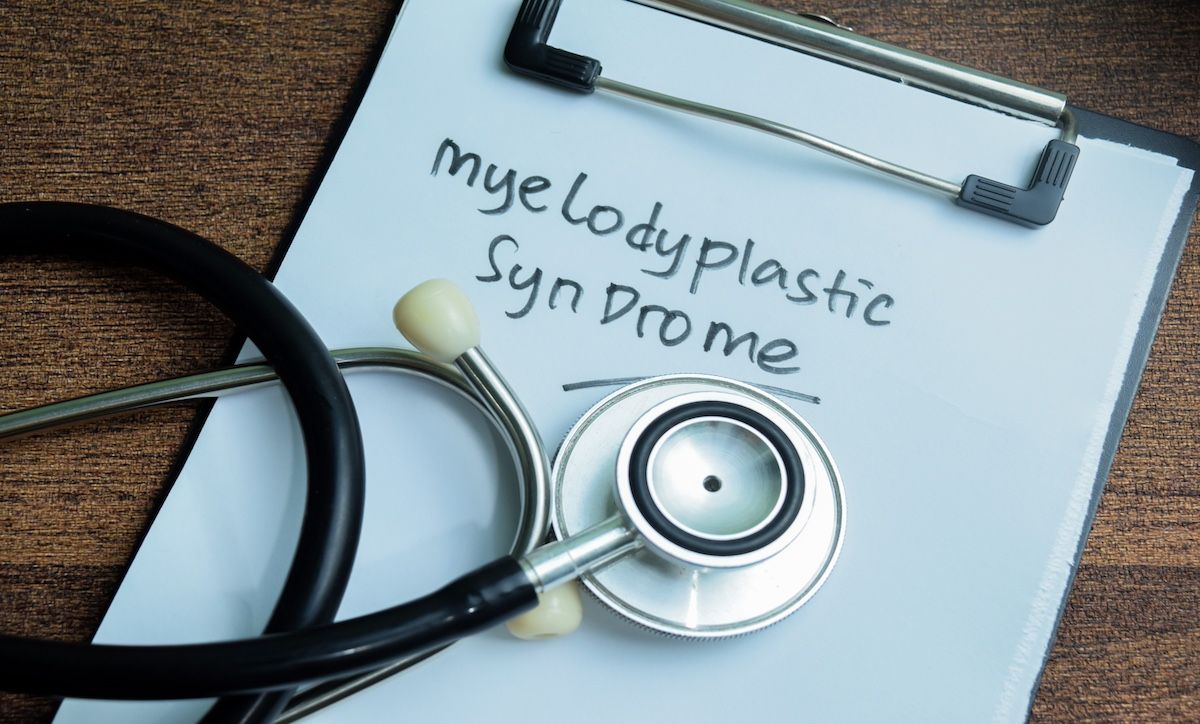News
Article
Routine Lab Tests Insufficient for Long COVID Diagnosis, RECOVER Study Reveals
Author(s):
New findings from the RECOVER-Adult cohort study show that 25 routine clinical lab tests are not effective in diagnosing postacute sequelae of SARS-CoV-2 infection, echoing results from earlier studies.
Data from 90,000 Americans across 300 clinical research sites aim to provide clear answers about long COVID, and the newest results from the RECOVER-Adult cohort study show that routine lab tests aren’t enough to clearly diagnose postacute sequelae of SARS-CoV-2 infection (PASC).
Part of the National Institutes of Health (NIH) RECOVER initiative, the RECOVER-Adult cohort study presented some of the first findings from biosamples, examining whether 25 routine clinical laboratory tests differed between individuals with and without previous SARS-CoV-2 infection, those meeting the research definition of long COVID, those with a symptom index of 0, and those who fell into 4 predefined long COVID subtypes. These findings were published in Annals of Internal Medicine.1
Twenty-five routine clinical lab tests were not effective in diagnosing long COVID | Image credit: Parradee – stock.adobe.com

The cohort comprised 10,094 participants: 8746 with prior SARS-CoV-2 infection and 1348 who were uninfected. Of those who had COVID-19, 1880 met the research definition of long COVID with a PASC index of 12 or higher, 3515 had indeterminate long COVID status, and 3351 had a PASC index of 0. Most participants were female (72%), and their overall mean (SD) age was 47 (15) years, with diverse vaccination status, acute COVID-19 severity, and SARS-CoV-2 variant exposure. Laboratory tests were conducted either 6 months after infection (59%) or at enrollment if that occurred more than 6 months after infection (41%), with tests performed locally at 83 US sites.
Participants’ PASC index score was based on the following 12 symptoms and their accompanying scores:
- Smell/taste, 8
- Postexertional malaise (PEM), 7
- Chronic cough, 4
- Brain fog, 3
- Thirst, 3
- Palpitations, 2
- Chest pain, 2
- Fatigue, 1
- Sexual desire or capacity, 1
- Dizziness, 1
- Gastrointestinal, 1
- Abnormal movements, 1
Subphenotypes of PASC were previously grouped into 4 clusters. Cluster 1 represented high frequency of impaired smell and taste; cluster 2 represented high frequency of PEM—worsening of symptoms after even minor physical or mental effort—and fatigue; cluster 3 represented high frequency of brain fog, PEM, and fatigue; and cluster 4 represented high frequency of fatigue, PEM, dizziness, brain fog, gastrointestinal symptoms, and palpitations.
The RECOVERY-Adult cohort looked at values of 25 clinical laboratory tests:
- Absolute lymphocyte count
- Absolute neutrophil count
- Alanine aminotransferase
- Albumin
- Aspartate aminotransferase
- Bicarbonate
- Calcium
- Chloride
- Creatinine (serum)
- Cystatin-C
- D-dimer
- Hemoglobin
- Hemoglobin A1C (HbA1C)
- High-density lipoprotein (HDL) cholesterol
- High-sensitivity C-reactive protein
- International normalized ratio
- N-terminal pro-brain natriuretic peptide
- Non-HDL cholesterol
- Platelets
- Potassium
- Sodium
- Thyroid stimulating hormone
- Total bilirubin
- Urine albumin/creatinine ratio
- White blood cells
After adjusting for various factors using propensity score–weighted linear regression models, the study found that participants with prior infection had a lower mean platelet count of 265.9 × 10⁹ (95% CI, 264.5-267.4) cells/L compared with those without known prior infection at 275.2 × 10⁹ (95% CI, 268.5-282.0) cells/L.
These patients also had higher mean HbA1C levels (5.58% vs 5.46%) and urinary albumin–creatinine ratios (81.9 mg/g vs 43.0 mg/g). However, these differences were modest in clinical significance, and the HbA1C difference was reduced after excluding participants with preexisting diabetes. Importantly, the researchers found no meaningful differences in mean laboratory values between participants with a PASC index of 12 or higher and those with a PASC index of 0.
The researchers concluded that although clinicians should use appropriate diagnostic tests to exclude treatable causes of PASC symptoms, the 25 routine laboratory tests have not proven to be useful biomarkers for PASC. These findings are consistent with results from earlier, smaller studies.
“Clinicians are left to continue doing what we have done in the past: order tests to rule out alternative explanations rather than to diagnose long COVID,” said Annukka Antar, MD, PhD, and Paul Auwaerter, MD, of Johns Hopkins University School of Medicine, in an accompanying editorial.2 “We must remember long COVID in our differential diagnoses for symptoms or conditions with no apparent cause. Importantly, acknowledging symptoms with empathy and creating a symptom management plan provides a basis for trust and hope amidst uncertainty.”
Additionally, among the 4 predefined long COVID subtypes, higher levels of the inflammatory marker high-sensitivity C-reactive protein were found in 2 subtypes, and lower sodium and higher calcium levels were identified in a third.1 Despite these findings, most values were within normal ranges, making these tests insufficient for diagnosing long COVID.
This cohort study also raises several questions, including how well the study's definition of long COVID aligns with clinical practice, whether symptom severity correlates with laboratory values, if there are sex-based differences in long COVID laboratory values, and whether routine laboratory tests would show differences within the first month post infection.
“In summary, our findings suggest that even highly symptomatic PASC may have no clinically observable objective findings on routine laboratory testing,” the researchers concluded. “Understanding the basic biological underpinnings of persistent symptoms after SARS-CoV-2 infection will likely require a rigorous focus on investigations beyond routine clinical laboratory studies (for example, transcriptomics, proteomics, metabolomics) to identify novel biomarkers.”
References
1. Erlandson KM, Geng LN, Selvaggi CA, et al. Differentiation of prior SARS-CoV-2 infection and postacute sequelae by standard clinical laboratory measurements in the RECOVER cohort. Ann Intern Med. Published online August 13, 2024. doi:10.7326/M24-0737
2. Antar AAR, Auwaerter PG. Long COVID diagnostics: an unconquered challenge. Ann Intern Med. Published online August 13, 2024. doi:10.7326/M24-0892





